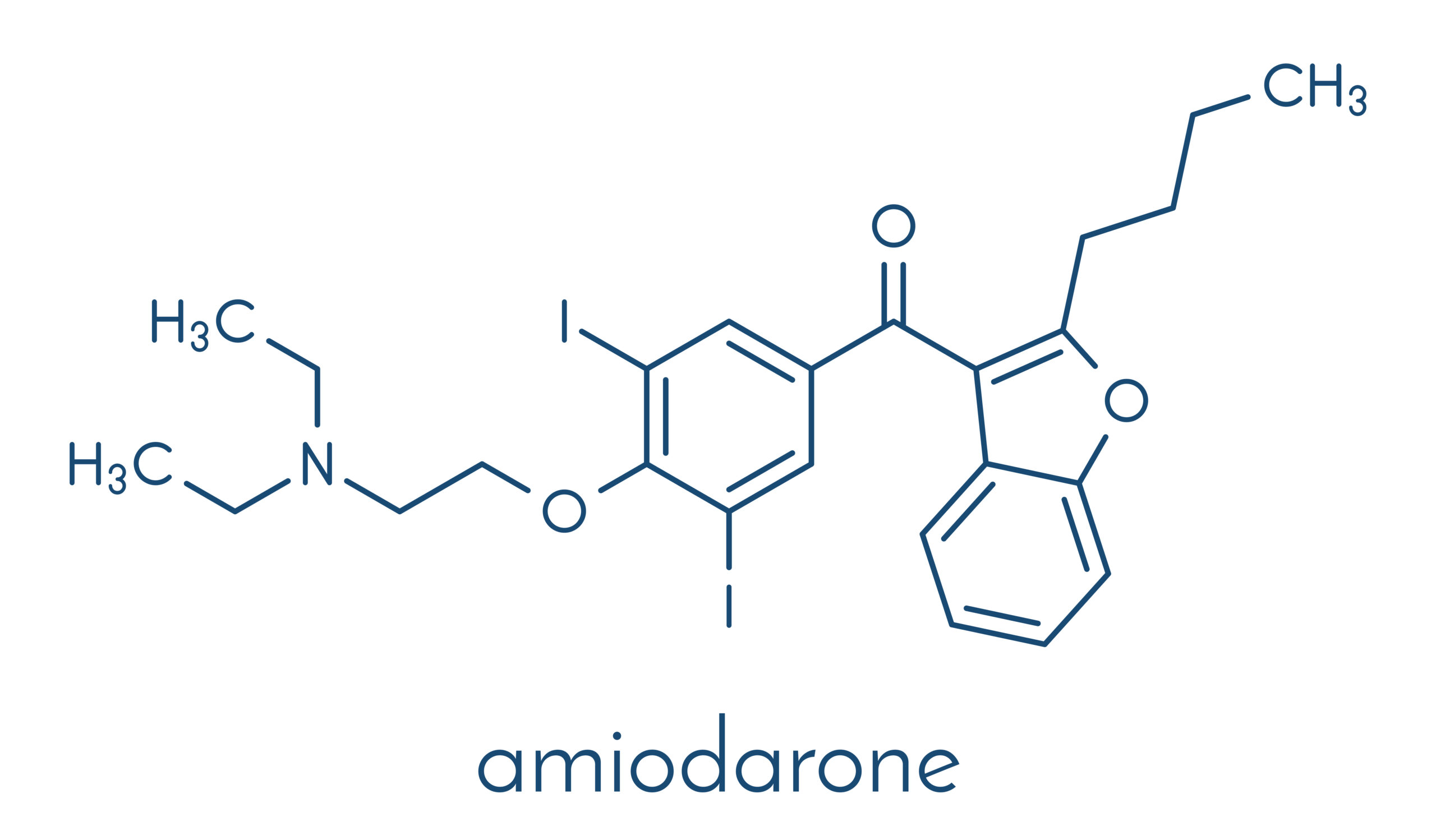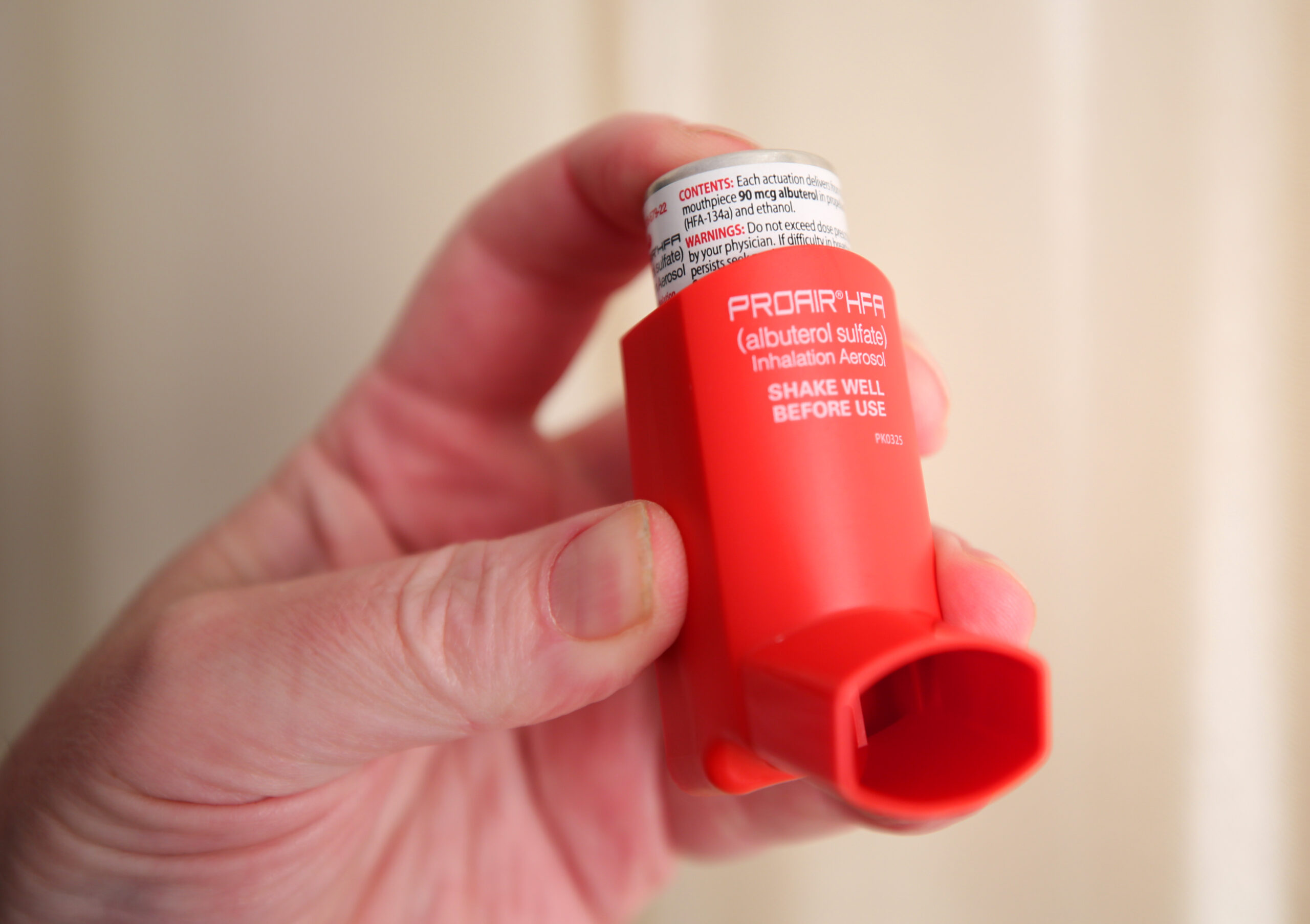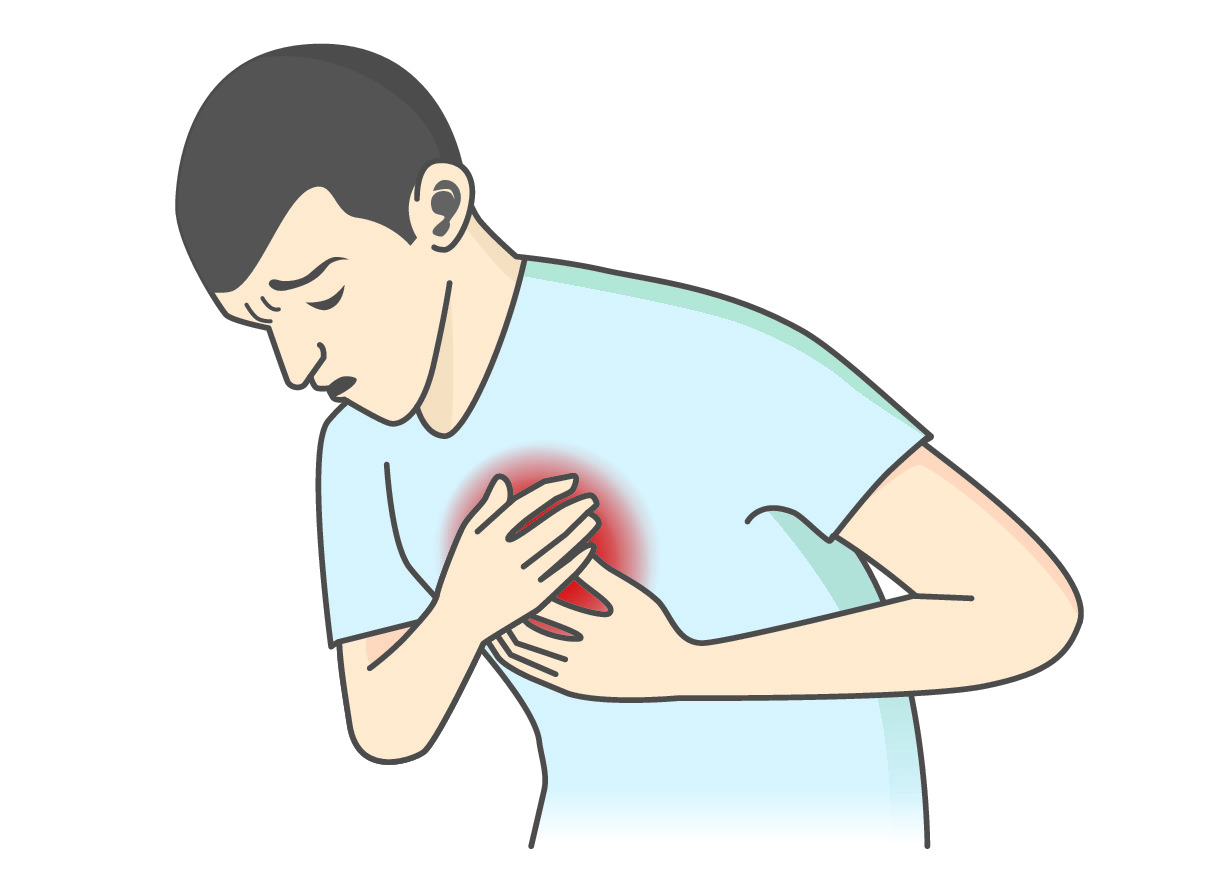AHA Guidelines Update: 2018
ACLS Certification Association videos have been peer-reviewed for medical accuracy by the ACA medical review board.
Article at a Glance
Before 2017, the American Heart Association (AHA) and the International Liaison Committee on Resuscitation (ILCOR) released updated advanced cardiac life support (ACLS), basic life support (BLS), and pediatric advanced life support (PALS) standards every five years. Since 2017, AHA and ILCOR have released annual updates to the AHA guidelines based on the best currently available scientific evidence. The AHA plans to release a full update every five years as in the past, but there is consensus that annual updates will ensure better patient care and outcomes.
In the annual update in 2018, changes were made in the following sections of the ACLS guidelines:
- Use of amiodarone and lidocaine during cardiopulmonary resuscitation (CPR)
- Use of magnesium during CPR
- Use of beta-blockers following return of spontaneous circulation (ROSC)
- Use of lidocaine following ROSC
Overview of 2018 Changes
This document provides the recommended changes to the guidelines in the 2018 annual update. Unless changed or replaced in subsequent guidelines, these recommendations should be considered current.
AHA Adult Cardiac Arrest Circular Algorithm – 2018 Update
Read: Understanding the 2017 AHA Updated Guidelines
The clinician may consider using amiodarone or lidocaine for shockable rhythms unresponsive to defibrillation.1 These medications may be most useful in the scenario of a witnessed arrest. The clinician may consider using amiodarone for shockable rhythms unresponsive to defibrillation, high-quality CPR, and vasopressors. The clinician may consider using lidocaine as an alternative to amiodarone. Amiodarone is used as an antiarrhythmic. Consider using it for shockable rhythms that are unresponsive to defibrillation.Use of Amiodarone and Lidocaine During CPR
2018
2015 (Old)

Related Video – Amiodarone – ACLS Drugs
Magnesium is not recommended during cardiac arrest except in polymorphic ventricular tachycardia with a long QT interval.2 Magnesium is not recommended during cardiac arrest.Use of Magnesium During CPR
2018
2015 (Old)
The clinician should understand that studies do not support or refute the use of beta-blockers in the first hour after ROSC.3 The initiation or continuation of beta-blockers may be considered early after cardiac arrest.Use of Beta-blockers Following ROSC
2018
Related Video – What are the Differences Between Beta-Blockers and Beta-Agonists?
2015 (Old)
The clinician should understand that studies do not support or refute the use of lidocaine in the first hour after ROSC. The initiation or continuation of lidocaine may be considered immediately after ROSC.Use of Lidocaine Following ROSC
2018
2015 (Old)
Related Video -Lidocaine – ACLS Drugs
More Free Resources to Keep You at Your Best
Editorial Sources
ACLS Certification Association (ACA) uses only high-quality medical resources and peer-reviewed studies to support the facts within our articles. Explore our editorial process to learn how our content reflects clinical accuracy and the latest best practices in medicine. As an ACA Authorized Training Center, all content is reviewed for medical accuracy by the ACA Medical Review Board.
1. American Heart Association. Circulation.
2. American Heart Association. Circulation.
3. American Heart Association. Circulation: AHA Focused Update.

